- A Arithmetic logic unit, Mouse
- B Arithmetic and logic unit, Control unit
- C Arithmetic logic unit, Integrated Circuits
- D Control Unit, Monitor
The correct answer is B: Arithmetic and logic unit, Control unit.
The Central Processing Unit (CPU) is the primary component of a computer system that carries out the instructions of a computer program. It consists of two main components: the control unit and the arithmetic and logic unit (ALU).
The control unit is responsible for controlling the flow of data and instructions within the CPU, as well as between the CPU and other components of the computer system. It also retrieves instructions from memory and decodes them into a form that can be executed by the CPU.
The arithmetic and logic unit (ALU) performs mathematical operations and logical operations such as addition, subtraction, AND, OR, and NOT. It carries out the instructions received from the control unit.
The other options, such as Mouse, Integrated Circuits, and Monitor, are not components of the CPU. Mouse is an input device used to interact with the computer, Integrated Circuits are electronic components that perform various functions in a computer system, and Monitor is an output device used to display the output of a computer.
 Introduction to computer MCQ
Introduction to computer MCQ  Information Technology
Information Technology  Computer Hardware
Computer Hardware  Father of Computer Programming
Father of Computer Programming  Computer Generations
Computer Generations 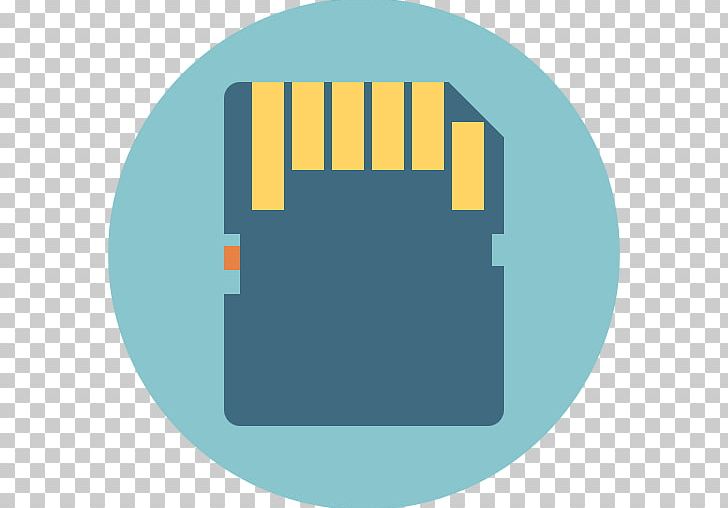 Computer Memory
Computer Memory  Computer Database
Computer Database  Computer Operating System
Computer Operating System  Computer Software
Computer Software  Computer Security
Computer Security 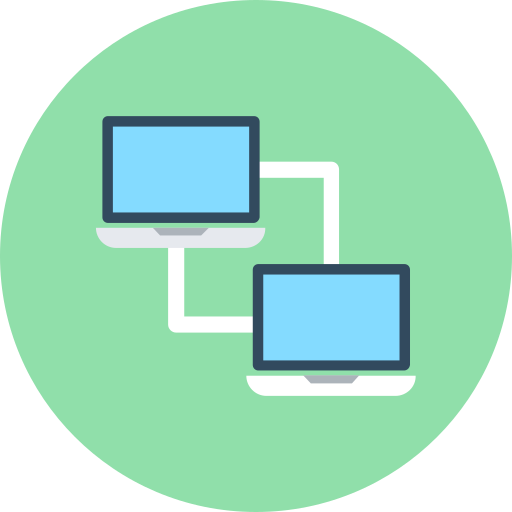 Computer Network
Computer Network 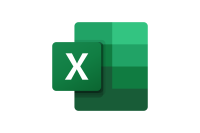 Microsoft Excel
Microsoft Excel 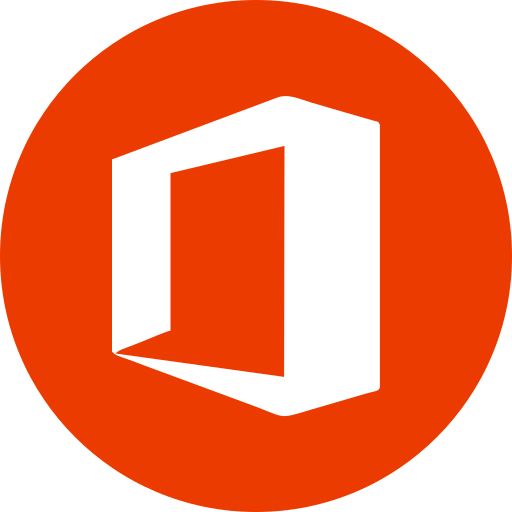 Microsoft Office
Microsoft Office 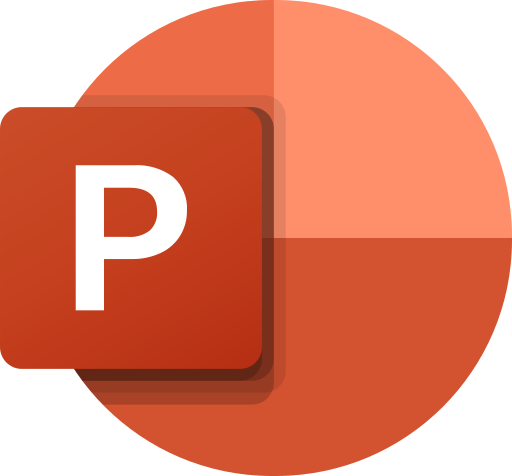 Microsoft Powerpoint
Microsoft Powerpoint  Important File Extensions
Important File Extensions 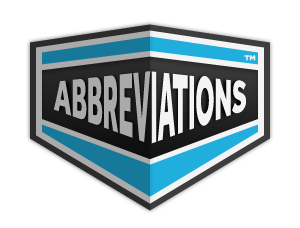 Important Abbreviations Computer Awareness
Important Abbreviations Computer Awareness  Data Communication and Networking
Data Communication and Networking 
